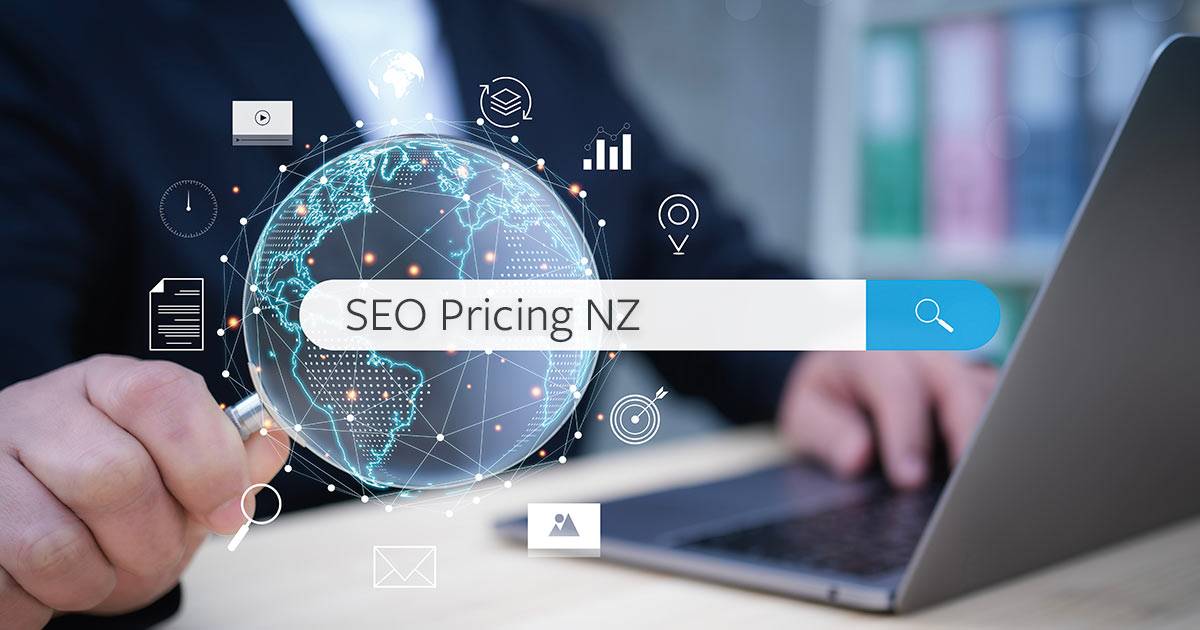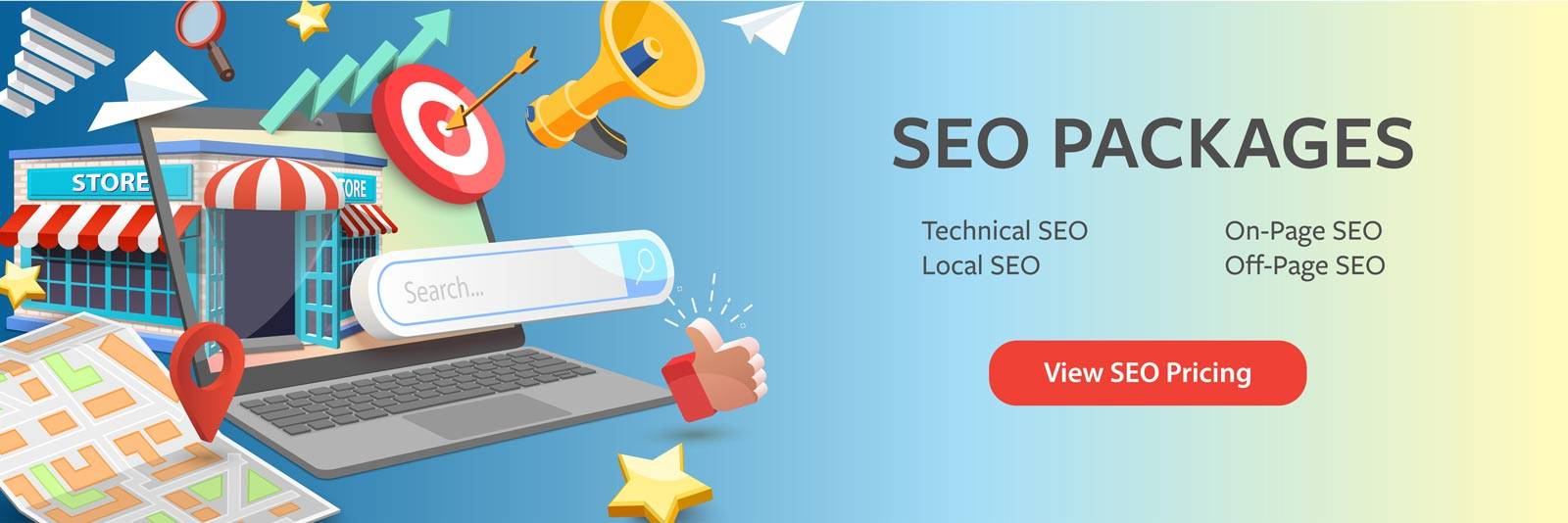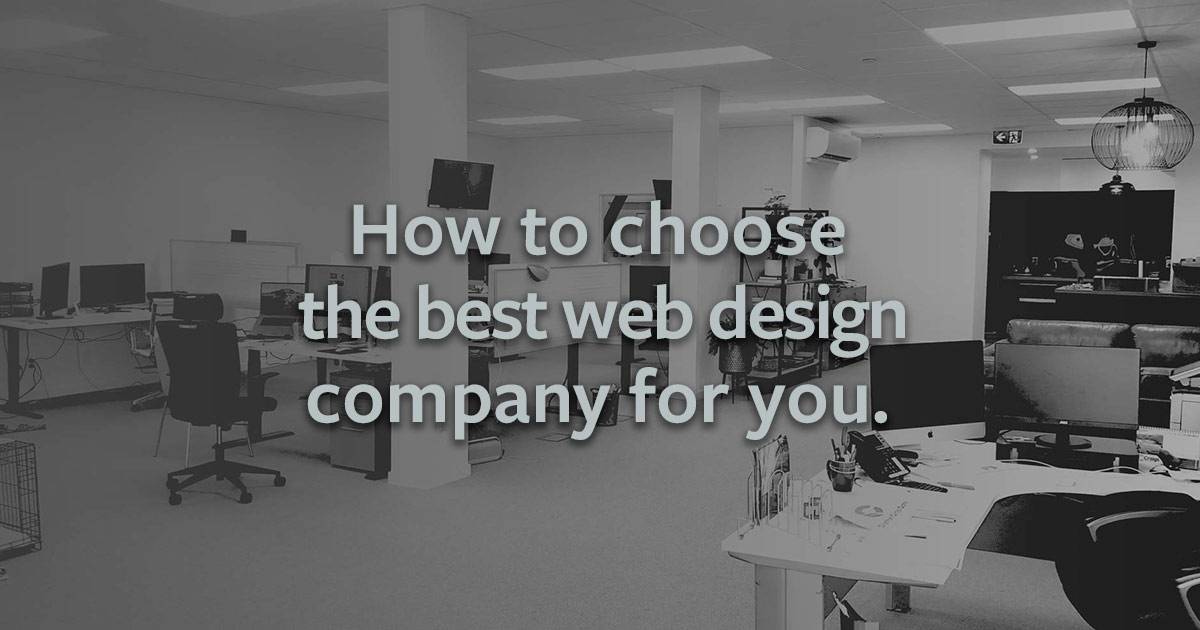Much like the article which industry needs marketing in general. Every business needs digital marketing these days, no matter the industry. But some industries need it more than others. Digital marketing plays a vital role in a number of aspects of a business. From creating awareness to driving engagement with customers, and more.
So we’re going to explore which industries most need digital marketing to grow and survive in this modern world. We’ll look at the various ways that different industries can benefit from implementing effective strategies for their target audience – whether you’re running your own small business or working on launching a large corporation. By developing an understanding of how and where your company should use its resources for maximum effect, you can take advantage of all the opportunities available with efficient digital marketing campaigns.
Introduce the Benefits of Digital Marketing for Businesses
Digital marketing has revolutionized the way businesses operate in the modern world. And it makes it easier for smaller businesses to compete too. Digital Marketing encompasses a wide range of strategies and techniques. These in turn allow businesses to reach their customers in more effective and efficient ways.
With the rise of social media and e-commerce, digital marketing has become even more relevant. And that means it’s more relevant for businesses of all sizes. It has the potential to increase brand recognition, generate leads, and drive sales. Not only that, but digital marketing also offers a higher return on investment compared to traditional marketing methods. The beauty of this approach lies not only in its ability to reach a targeted audience. But constantly monitor and adjust campaigns based on performance data too. That means you can engage with customers in real time.
This means that businesses can tailor their marketing efforts to meet the needs of their customers. And ultimately that results in a more personalised customer experience. Overall, digital marketing has many benefits for businesses, and adopting these strategies can lead to increased revenue and market share.
Explore Digital Marketing Platforms and Strategies that Can Help Your Business Grow
The world of digital marketing is an ever-evolving space and it can be hard to know where to start. But fear not! There are numerous digital marketing platforms and strategies available that can help your business grow. From social media marketing to email campaigns, there’s no shortage of options to choose from. By taking advantage of these tools, you can increase brand awareness, reach new customers and ultimately drive revenue. And the best part? You don’t have to be a tech genius to use them. With a little research and a willingness to try new things, anyone can become a digital marketing pro. So why not take the plunge and explore the exciting world of digital marketing today? Your business (and your bottom line) will thank you for it!
Analyze the Different Industries that Would Benefit from Digital Marketing
The possibilities for digital marketing are almost endless! There are several industries that can benefit greatly from this form of advertising. One industry that could greatly benefit from digital marketing is the medical industry. With the advancement of medical technology and procedures, there is an increasing demand for healthcare services. By leveraging digital marketing service-based businesses can educate their buyers about their services. And most importantly increase their visibility in the industry. Similarly, the entertainment industry is another area where digital marketing can be highly effective. This is especially the case when reaching a younger, tech-savvy audience. By harnessing the power of social media, streaming services, and other digital platforms, entertainment companies can promote their productions and engage with their followers in a more meaningful way.
Ultimately, the benefits of digital marketing extend to almost every industry. And thus making it an essential tool for any business looking to stay competitive in the modern landscape.
Look at Examples of Successful Digital Marketing Campaigns in Each Industry
The world of digital marketing is constantly evolving, and it can be difficult to keep up with the latest trends and strategies. However, one way to stay ahead of the game is to look to successful digital marketing campaigns in each industry. Whether it’s a creative social media campaign, engaging email marketing, or a unique approach to SEO, there are countless examples of companies that have made a big impact through their digital marketing efforts. By studying these success stories and thinking outside the box, businesses of all sizes and industries can create their own winning campaigns that will capture the attention of their target audience and drive real results.
Highlight How Digital Marketing Can Help Reach Every Customer Segment
Digital marketing has revolutionized the way we communicate with consumers. The power of digital marketing lies in its ability to reach every customer segment, from baby boomers to millennials, in a more targeted and personalized way than ever before. With the rise of social media, mobile apps, and e-commerce platforms, marketers can now tailor their messages and offerings to specific subsets of customers based on their demographics, interests, and behaviors. This not only increases the effectiveness of marketing campaigns but also enhances the overall customer experience. By leveraging the latest tools and technologies, businesses can foster deeper connections with their customers and build brand loyalty that lasts a lifetime. So, whether you’re looking to attract new customers or engage your existing ones, digital marketing is the way to go.
Provide Tips on How to Best Implement Digital Marketing in Your Business
Digital marketing is a valuable tool for any business looking to increase their online presence and attract more customers. Implementing digital marketing strategies can be overwhelming at first, but with the right tips and guidance, it doesn’t have to be. First and foremost, it’s important to identify your target audience and create a plan that specifically targets their needs and interests. Next, focus on creating high-quality content that is optimized for search engines and encourages engagement with your brand. Social media is another crucial aspect of successful digital marketing, so be sure to establish a strong online presence and engage with your followers regularly. Finally, don’t be afraid to experiment and try new tactics to see what works best for your business. With these tips, you’ll be well on your way to implementing digital marketing strategies that will drive growth and success for your business.
Digital marketing has become an incredibly powerful tool for businesses all over the world, regardless of industry. It provides the ability to quickly reach every customer segment while providing companies with the opportunity to get feedback from potential and current customers. By offering helpful tips and drawing on successful digital marketing examples, companies can maximize their reach and create more opportunities for growth. With its ability to be cost-efficient, scalable, and measurable, digital marketing should be integrated into any business model that wishes to succeed in the long run. Whether you’re a small start up or a large chain store, digital marketing should be on your radar if you want to remain competitive in this rapidly evolving marketplace. Start taking advantage of the tremendous power of digital marketing today!










